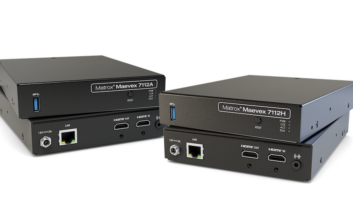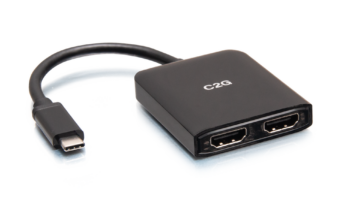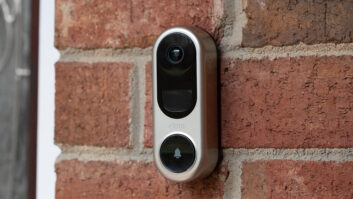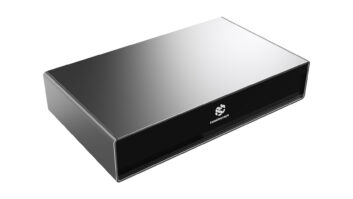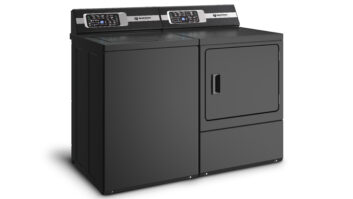Sales of portable digital players are growing as rapidly as their sizes are shrinking, and they are packing in more features, including video playback, digital cameras and text-file viewers.
Here at International CES, suppliers will exhibit more flash-memory and hard-disk-drive (HDD) models equipped for video playback, more models that record directly from a TV and music/video portables small enough to be wearable. In the Samsung booth, dealers will also find the first XM-ready MP3 players that store time-shifted XM content, joining a Sirius-branded MP3 player that Sirius shipped in late 2005 (see stories on p. 30 for a brand-by-brand listing of new headphone models and boombox models).
The compressed-music phenomenon is also spreading into the boombox market, where suppliers such as Coby and Sharp hope to reinvigorate the dying category with flash-memory boomboxes.
In HDD portable A/V players, or portable media players, companies such as Toshiba, Ritek and LG will show their first such models. In expanding the industry’s selection of portables that record directly from a TV, Samsung and LG will show their first such models. Theirs are hard-disk based, but Handheld Entertainment will show one of the industry’s first flash-memory models to record directly from a TV.
Companies here with flash-memory A/V players include Axion, iRiver, LG, Handheld Entertainment and Samsung. A Wi-Fi-equipped A/V portable will be displayed by Handheld Entertainment to simplify file transfers to and from a PC.
Dealers will also find more models capable of playing DRM- [digital rights management] protected music and video downloaded in the WMA and Windows Media Video (WMV) formats, either purchased or “rented.” They’re labeled as Microsoft PlaysForSure-compatible for audio and video.
One download service offering authorized rentals and purchases of WMV video is Cinema Now, whose rented downloads must be viewed within 30 days of downloading. Once the video begins playing, consumers can view it multiple times within 24 hours.
Most devices capable of playing video are arriving here with hard-disk drives (HDDs). HDD models are going “beyond music to become digital entertainment devices,” said Toshiba senior business development manager Louis Masses. Nonetheless, some suppliers here are launching video-capable flash-memory portables, including Samsung, LG and Axion.
The growing capabilities of such portables, their growing memory capacities and massive Apple advertising are responsible for rocketing sales, marketers contend.
Unit sell-through of digital headphone portables more than tripled during the first three quarters of 2005, soaring 205 percent to more than 8.2 million, the NPD Group found in its POS survey.
The dollar-growth rate didn’t quite match the unit-growth rate but nonetheless hit the triple digits — 163 percent — to expand the market to more than $1.6 billion. Dollar growth lagged unit growth because of a 13.9 percent drop in the average retail price to $194.40 from $225.47.
The average-price decline was driven primarily by declining average prices on hard-disk-drive (HDD) models, which gained unit share over flash memory models and also suffered greater price erosion than flash models, NPD found. The average price on a HDD model fell 17.9 percent, from $303.38, to $249.01, while the average flash price fell 8.6 percent, from $127.19, to $116.13. At the same time, HDD models increased their unit share to 58.5 percent from 55.6 percent.
The survey also found that:
- The unit and dollar growth rate of flash-memory models outpaced the growth rates of HDD models. Unit sales of flash-memory models grew 253 percent to more than 3.3 million units, compared to HDD models’ growth of 221 percent to more than 4.8 million units. In dollars, flash models grew 223 percent, compared to HDD models’ 163 percent.
- Despite gaining unit share, HDD models didn’t gain dollar share, which held steady at 75 percent.
Total Portable Digital Players; Total Retail




